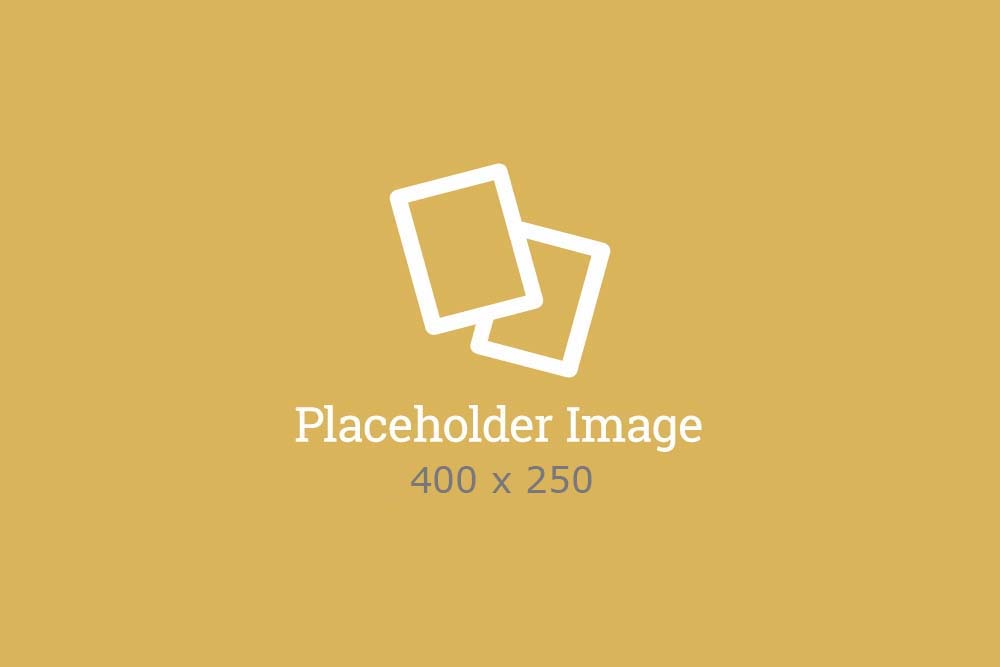The course “Animal Breeding and Husbundry” aims to familiarize students, in theoretical and practical level, with the contemporary physiological aspects applied in husbandry of large, small ruminants and aquaculture principles.
In particular, lectures and practice focus on the understanding of:
- The necessary conditions for an efficient farming, the possibilities of development and the perspectives of dairy, beef, sheep and goat production through the estimation of the global livestock (live animals, meat and milk production).
- The characteristics of the most common breeds of cow, sheep and goat with the intention of their evaluation through the appropriate breeding systems.
- The factors that influence the conception rate, the duration of gestation and parturition but also the factors used for the estimation of the reproductive potential (prolificacy rate, viability rate, profitability rate).
- The factors that affect the process of milk production, the growth of mammary gland and the development of lactation in ruminants.
- The factors that influence carcass and meat production in ruminants.
- The productive systems of aquaculture.
